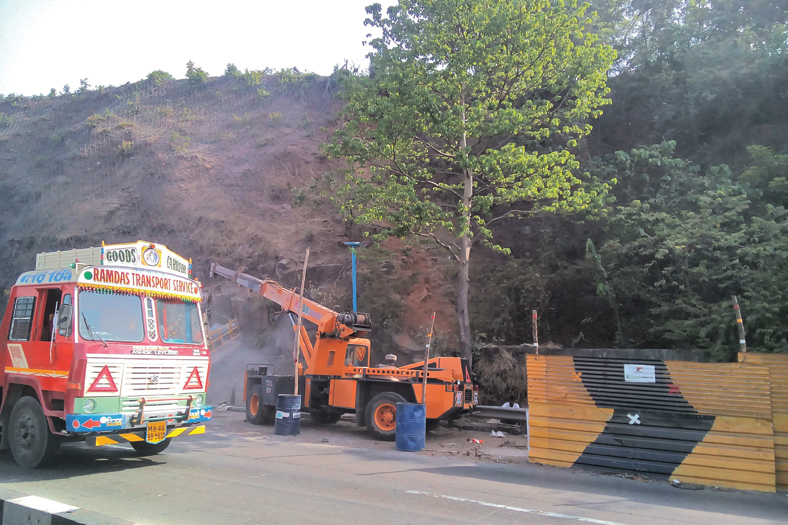50new low-cost airports this year
50new low-cost airports this year
The government decided to set up 50 new low-cost airports this year and 50 next year in order to boost civil aviation sector and increase air connectivity to Tier-II and Tier-III cities and also able to deliver on timeframe given by prime minster, said K.N. Srivastava, Secretary, Ministry of Civil Aviation at an ASSOCHAM conference held in New Delhi.
While inaugurating the 6th ASSOCHAM international conference on civil aviation and tourism, Mr Srivastava said, “The state-owned airport operator would set up the low-cost airports in 50 cities in Andhra Pradesh, Jharkhand, Bihar, Punjab, Uttar Pradesh, Arunachal Pradesh, Assam, Madhya Pradesh, Rajasthan and Maharashtra.”
“Civil Aviation Ministry has called a meeting of ministers and secretaries of states to finalise policy of regional connectivity. The meeting is scheduled for September 10 in New Delhi,” said Mr Srivastava while addressing the media.
Mr Srivastava also said, “Navi Mumbai, Pune, Goa and Patna airports are facing capacity constraints. On the other hand, Chennai does not suffer from any capacity constraint today, but in the next 6-7 years it can also face capacity constraints, and that is the only reason that the government is considering Sriperumbudur.” In order to stimulate the air connectivity, airlines are expected to add around 370 aircrafts, worth $27.5 billion to their fleet by the year 2017, said Mr Srivastava. Moreover, it is estimated that commercial fleet size shall reach from 400 to 1,000 by 2020.
“We are committed for the development of the sector and have introduced several policies and regulations to encourage private participation and investments in the sector,” said Mr Srivastava.
“To spur the growth of international air travel, the government has taken substantial steps to liberalise and grant traffic rights to Indian carriers to fly to several new destinations across the globe. There are 71 foreign passenger airlines operating in India at 25 airports with 1,655 flights per week. In addition, in the year 2012, there were 703 tourist charted flights that carried 1.30 lakh passengers,” added Mr Srivastava.
He also mentioned that the government is planning to invest over $120 billion in the development of airports infrastructure (construction of new airports, expansion and modernization of existing airports) & development of low cost airports all across the country.
“The government has taken significant measures for providing affordable air connectivity to remote and interior areas of the country — the North-Eastern region and Tier-II & Tier-III cities of India. All these measures will go a long way in providing new avenues to the domestic part of the tourism sector,” said Mr Srivastava.
Chandresh Kumari Katoch, Minister for Culture, said, “Cultures serves as the foundation on which the builing of Tourism can be built. But without good communication and connectivity we will not be able to reach global audiences. Once we have the inflow of international tourists, there will automatically be an increase in trade and commerce”.
During the conference, Mr Srivastava along with Chandresh Kumari Katoch, Minister for Culture, T.K.A. Nair, Adviser to Prime Minister of India, K Narayana Rao, Chairman, ASSOCHAM Civil Aviation Committee (National Civil Aviation Policy) and D. S. Rawat, Secretary General, ASSOCHAM released an ASSOCHAM-Yes Bank study titled ‘Civil Aviation- Flying into next growth orbit’.
“The civil aviation industry is an important engine for innovation and technological progress in a world of decreasing trade barriers and global footprint. A comprehensive National Civil Aviation Policy for India to address key issues related to infrastructure, cost of operations and high taxation will bring the much needed strategic vision and direction to the sector. The establishment of the Civil Aviation Authority, as a replacement to the DGCA, will be a positive step toward setting up an autonomous regulator for the industry,” said Rana Kapoor, President, ASSOCHAM.
It is undeniable that the next growth in civil aviation will come from tourism and a collaborative approach is needed to achieve common goals and objectives. This is also highly synergetic with Incredible India’s recent campaigns ‘Find what you seek…’ and ‘Go beyond…’ which aim to take tourism beyond ‘honeyp not’ destinations into the lesser known regions of the country, said Mr Kapoor.
17
Cookie Consent
We use cookies to personalize your experience. By continuing to visit this website you agree to our Terms & Conditions, Privacy Policy and Cookie Policy.









